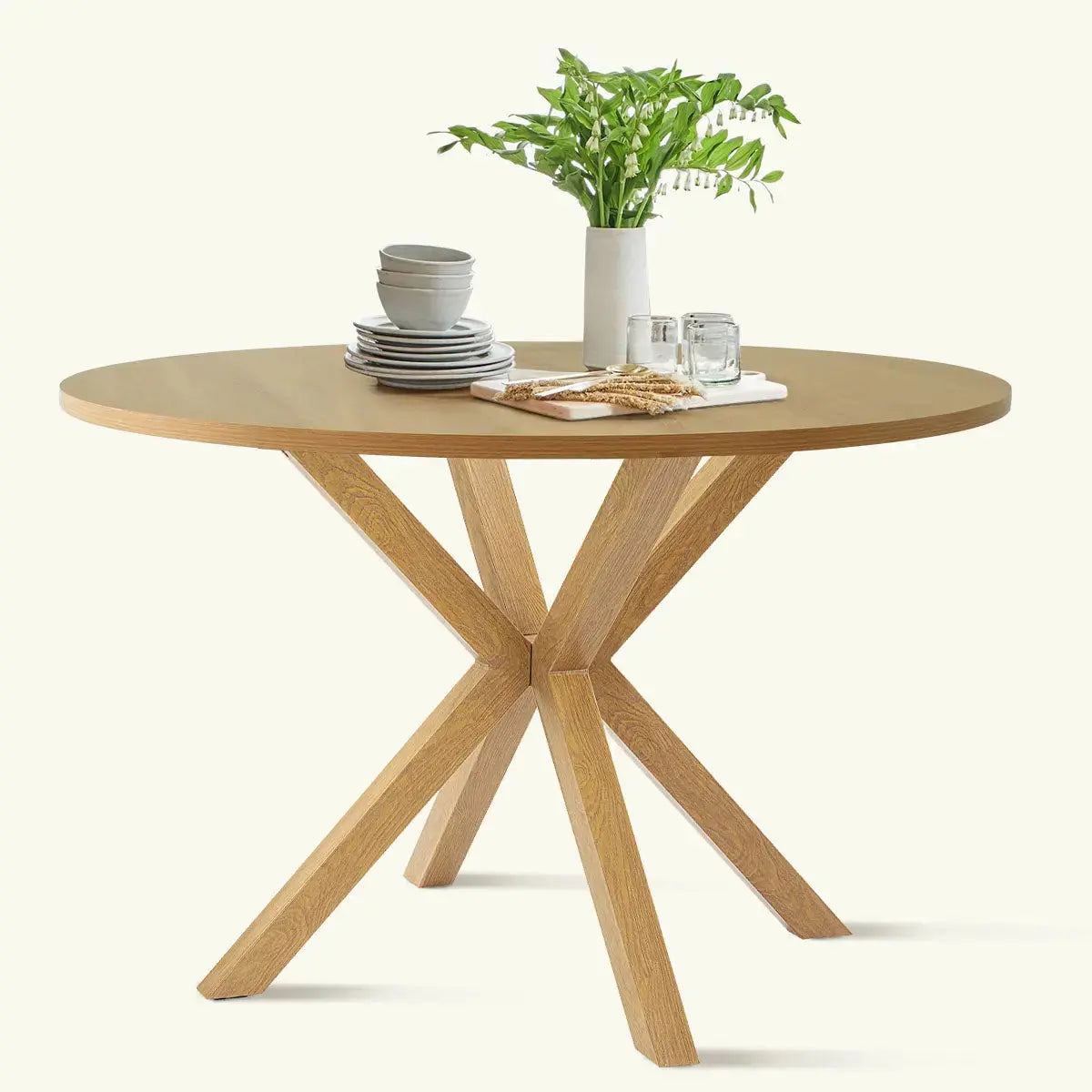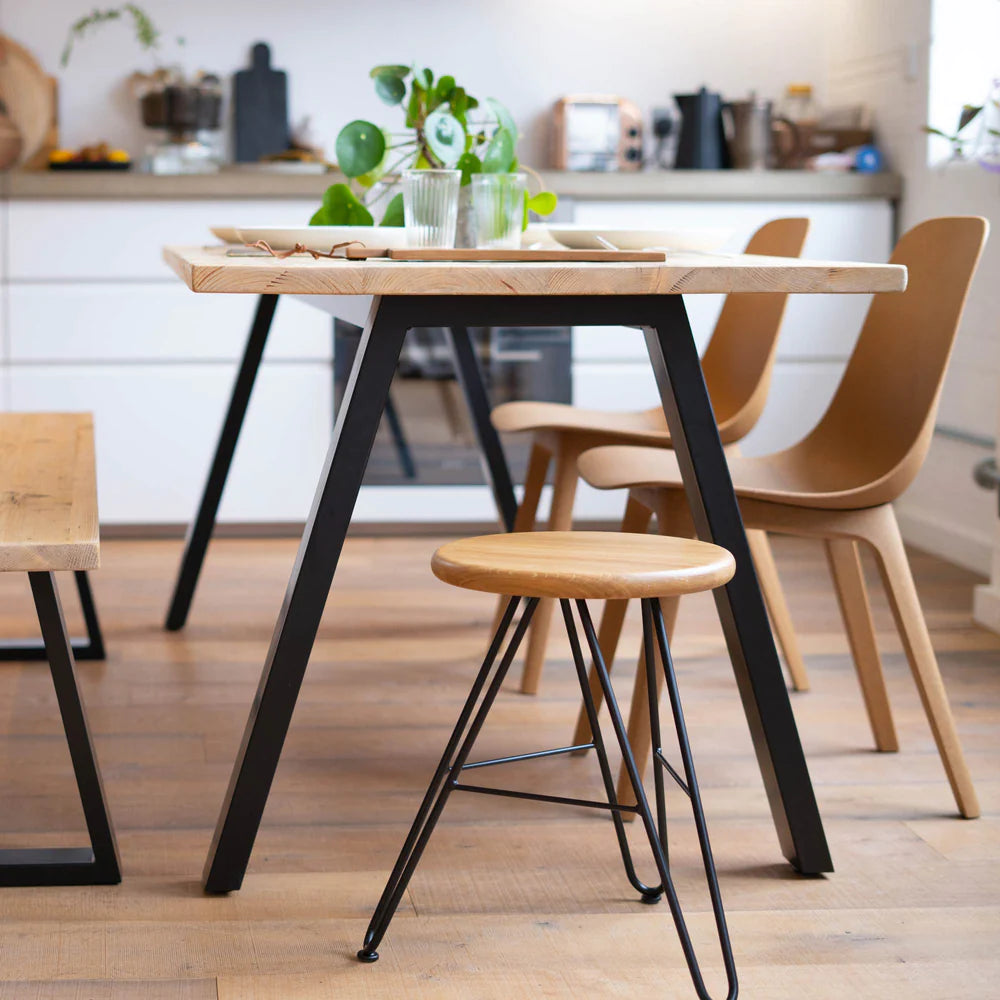Unique Dining Room Table Legs That Will Elevate Your Dining Area
Unique Dining Room Table Legs That Will Elevate Your Dining Area
Blog Article
From Standard to Modern: Find the Perfect Dining Room Table Legs for Your Style
While traditional layouts such as cabriole and transformed legs evoke a feeling of ageless sophistication, contemporary styles like barrette and geometric options present a possibility for striking visual rate of interest. As you take into consideration these aspects, the concern continues to be: exactly how can you effortlessly integrate these diverse leg styles to create a harmonious eating experience?
Understanding Table Leg Styles
The variety of dining-room table leg styles can dramatically affect both the appearances and performance of the space. Each leg style adds distinct visual aspects and functional attributes, providing to diverse design preferences and use needs. Comprehending these styles is important for picking the appropriate dining table that lines up with your overall interior decoration vision.
For example, tapered legs offer a clean, traditional appearance that can enhance an area's sophistication, while stand bases give security and make the most of legroom, making them ideal for smaller sized rooms. Hairpin legs, a trademark of mid-century contemporary layout, present a commercial flair, enabling a ventilated, open feel. In a similar way, trestle legs stimulate rustic beauty, providing durable assistance and a sense of eternity.
In addition, the selection of materials plays a substantial duty. Wood legs can bring heat and structure, whereas steel options commonly convey a smooth, modern vibe. Ultimately, comprehending table leg styles is necessary for producing a cohesive eating location that reflects personal design while guaranteeing practicality and convenience. By thoughtfully considering these components, you can enhance both the aesthetic and useful appeal of your dining area.
Traditional Table Leg Options
When selecting dining-room table legs, conventional options commonly personify classic sophistication and craftsmanship. These layouts mirror an abundant heritage and a commitment to top quality, making them optimal for those that value traditional appearances.
Among the most renowned standard leg designs is the cabriole leg, characterized by its elegant curved form. This style typically features decorative carvings and is most frequently found in Queen Anne and Chippendale furniture. One more popular alternative is the transformed leg, which boasts a series of smooth, rounded shapes that give a timeless appearance while maintaining security.
Moreover, the straight leg, while easy, provides a strong and unadorned framework that can blend perfectly with a variety of tabletop designs. For those attracted to ornate describing, claw-and-ball feet legs stimulate a feeling of majesty and can work as a stunning focal point in any kind of eating room.
Lastly, pedestal bases, although not strictly legs, supply a different traditional alternative that permits adequate legroom and can be magnificently carved. Each of these conventional leg designs adds to the overall setting of a dining-room, marrying function with aesthetic appeal.

Modern Table Leg Designs
Modern table leg designs provide a varied array of styles that highlight tidy lines and cutting-edge materials. These layouts usually focus on functionality while serving as striking focal factors within an eating room. Minimal appearances prevail, with legs crafted from materials such as steel, glass, and engineered wood, which add to a ventilated and contemporary feel.
One preferred style is the hairpin leg, defined by its slim, tapered framework that provides security without overwhelming the tabletop go to the website (dining room table legs). This style is often discovered in mid-century contemporary furniture and can easily enhance different table forms. One more trend is the usage of geometric forms, where legs may tackle angular or asymmetrical kinds, including aesthetic passion and a touch of artistry

Mixing Styles for Special Areas
Typically, property owners look for to develop distinct eating spaces that mirror their individual design by mixing different style aspects. This technique permits the consolidation of diverse aesthetic appeals, causing a harmonious yet unique atmosphere. As an example, combining a rustic wooden table with smooth, contemporary steel legs can create a distinctive comparison that boosts the space's total charm.
Furthermore, integrating vintage table legs with modern table tops can evoke a sense of background while keeping a modern-day perceptiveness. Such combinations not just display specific preference however additionally urge imagination, allowing home owners to curate a space that really feels both individual and welcoming.
Shade plays an important function in this mixing procedure; picking table legs that enhance or comparison with the existing color design can enhance visual interest. Whitewashed legs can soften the daring of a dark table surface, creating a well balanced visual.
Tips for Picking the Right Legs
Picking the right table legs is essential for accomplishing both performance and visual appeal in your eating area. Begin by considering the general design of your room. Traditional settings take advantage of legs that feature intricate makings or turned layouts, while contemporary spaces may require streamlined, minimalist designs.
Next, evaluate the elevation and stability of the legs. dining room table legs. Basic dining tables vary between 28 to 30 inches in why not check here elevation, so make sure the legs enhance this measurement for comfort. Additionally, durable materials, such as wood or steel, can improve security and long life
Evaluate the leg form also-- choices include directly, tapered, or stand layouts. Straight legs provide a traditional appearance, while conical legs can include a touch of sophistication. Pedestal bases offer enough legroom and are ideal visit this site for smaller areas.
Conclusion
In summary, selecting the optimal dining room table legs requires careful consideration of both modern and typical designs. By balancing leg design, elevation, and material with the overall design, a natural and welcoming ambience can be accomplished.
The variety of eating space table leg designs can considerably affect both the appearances and capability of the area. Ultimately, recognizing table leg styles is vital for developing a cohesive dining area that reflects personal style while ensuring functionality and comfort.One of the most famous typical leg styles is the cabriole leg, defined by its elegant bent shape. Straight legs provide a classic look, while conical legs can add a touch of beauty.In recap, picking the optimal dining room table legs calls for careful consideration of both conventional and contemporary designs.
Report this page